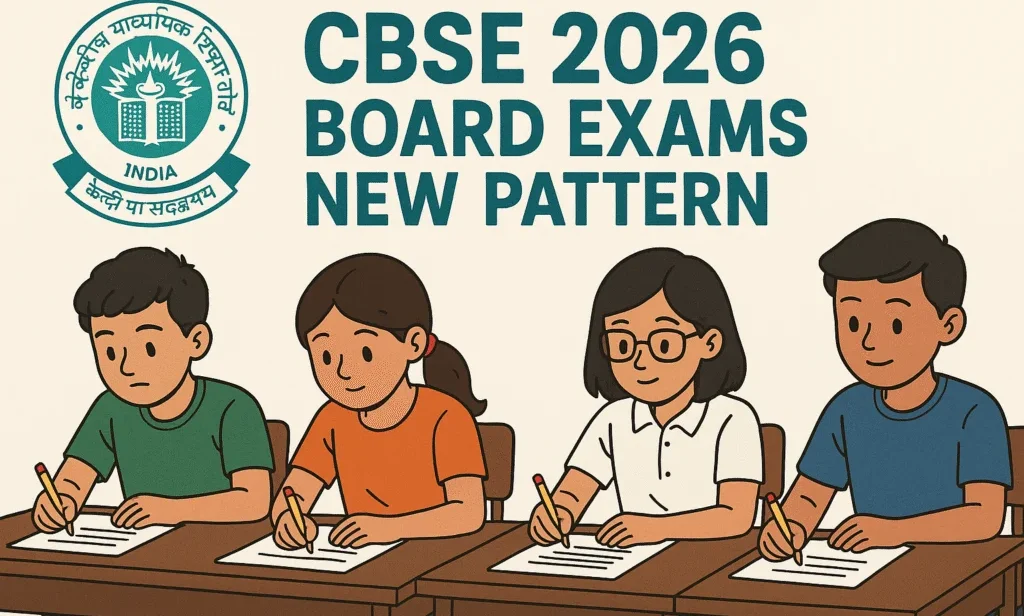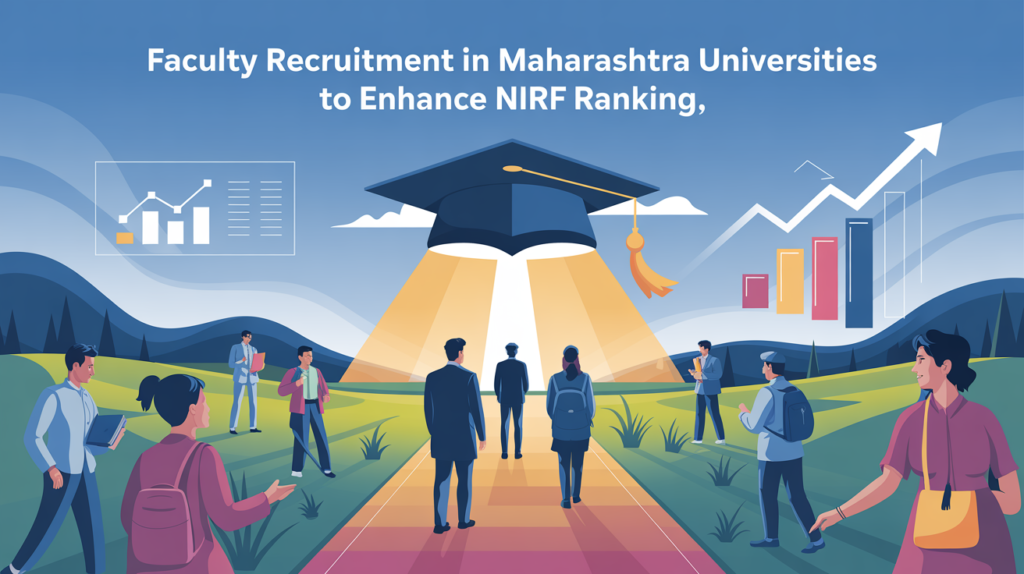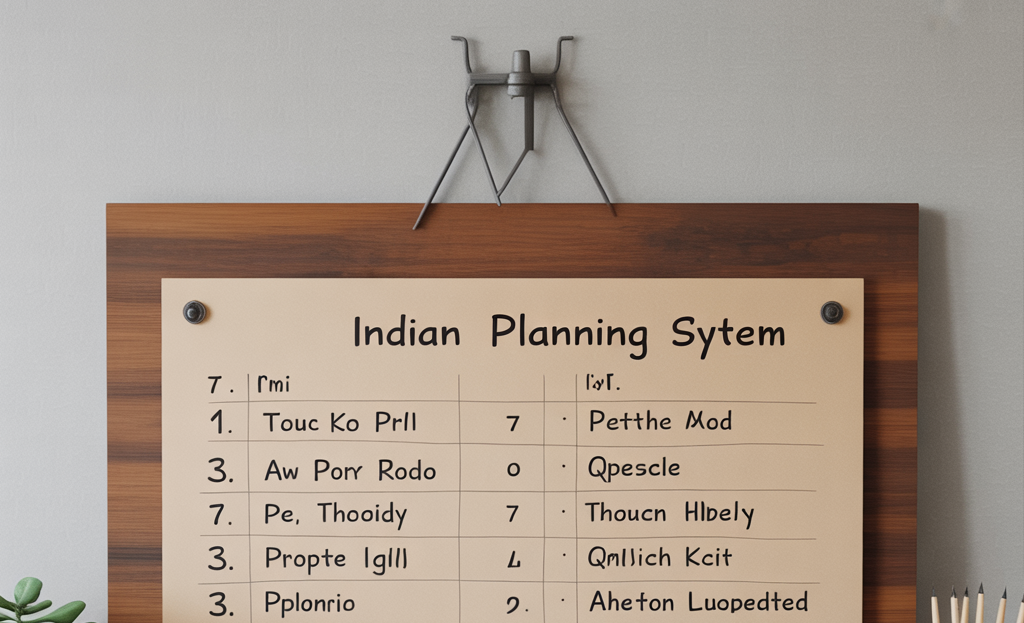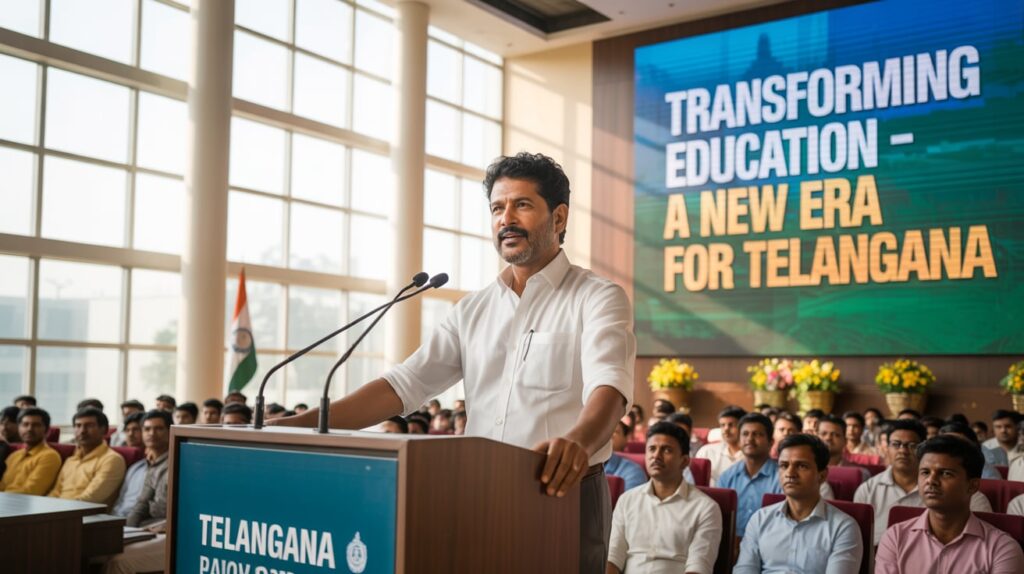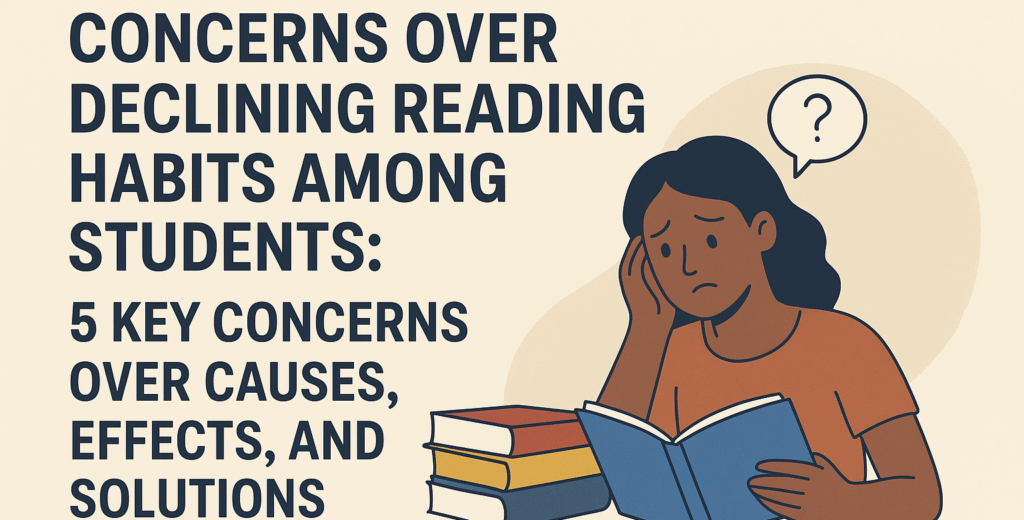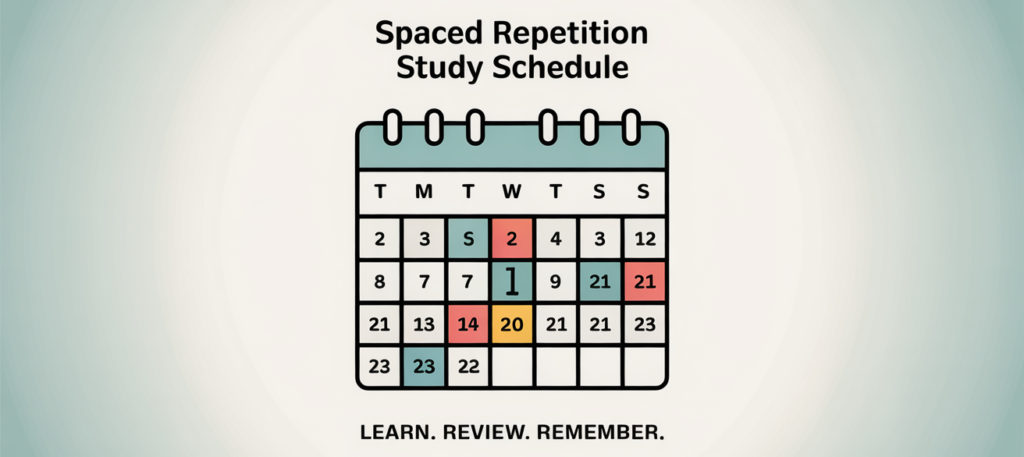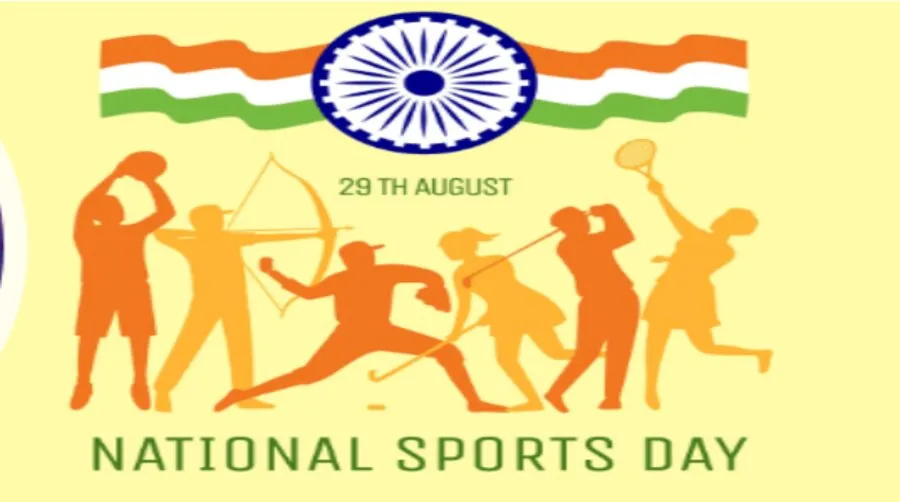CBSE 2026 Board Announces Major Exam Rule Changes: 7 Powerful Updates Every Student Must Know
CBSE 2026 Board Announces Major Exam Rule Changes. The CBSE 2026 Board announces major exam rule changes, marking one of the most significant reforms in India’s school education system in recent years. These changes will directly affect Class 10 and Class 12 students, along with their parents and schools. The goal is to shift from rote memorization toward competency-based learning, improve attendance discipline, and ensure better preparedness for higher education and careers. In this blog, we will explore the CBSE 2026 Board announces major exam rule changes in detail, understand the reasons behind them, their impact, and how students can prepare effectively. 🔑 Why Are CBSE 2026 Exam Rule Changes Important? The CBSE 2026 Board announces major exam rule changes because of growing concerns about the outdated exam system, lack of student engagement, and the mismatch between school education and competitive exams. These reforms aim to: Encourage regular classroom attendance. Reduce last-minute exam pressure. Provide multiple opportunities for evaluation. Align with the National Education Policy (NEP 2020). 📌 Key Highlights of CBSE 2026 Board Announces Major Exam Rule Changes Here are the 7 powerful updates under the CBSE 2026 Board announces major exam rule changes: 1. 75% Attendance Rule Becomes Mandatory Students must now have a minimum of 75% attendance to qualify for exams. This ensures regular participation in academic activities and discourages absenteeism. 2. Dual Annual Exams for Class 10 Class 10 students will face two board exams annually, giving them flexibility and reducing the stress of a single high-stakes exam. 3. Expanded Subject Choices for Class 12 CBSE is adding more subject options for Class 12, including vocational and skill-based subjects, to give students broader academic flexibility. 4. Competency-Based Questions The weightage of competency-based questions will increase, requiring students to focus on understanding concepts rather than memorization. 5. Integration of Technology Digital assessment tools and AI-based evaluation systems will gradually be introduced, making the exam system more transparent. 6. Focus on Mental Health With exam stress being a major concern, schools must now provide counseling and support under CBSE’s updated guidelines. 7. Parent-School Collaboration Schools will be asked to work closely with parents to track attendance, discipline, and academic progress. 🎯 Impact of CBSE 2026 Board Announces Major Exam Rule Changes The CBSE 2026 Board announces major exam rule changes will have wide-ranging effects on students, teachers, and schools: For Students → More opportunities to perform better, reduced exam anxiety, and the need to focus on concept-based learning. For Teachers → Increased responsibility to adopt new teaching strategies aligned with competency-based learning. For Parents → Closer involvement in their child’s academic journey and attendance monitoring. For Schools → Adoption of digital tools, revised timetables, and updated teaching methods. 📝 How Students Can Prepare for CBSE 2026 Board Announces Major Exam Rule Changes Here are practical tips to adapt to the CBSE 2026 Board announces major exam rule changes: Maintain 75%+ attendance by engaging actively in classroom learning. Practice competency-based questions from NCERT and sample papers. Focus on concept clarity rather than memorization. Manage stress with time management, meditation, and regular breaks. Seek guidance from teachers and make use of digital learning resources. 📊 Comparison of CBSE 2025 vs CBSE 2026 Exam Rules Aspect CBSE 2025 CBSE 2026 (New Rules) Attendance Requirement Flexible 75% Mandatory Exam Frequency (Class 10) One exam Two exams annually Subjects (Class 12) Limited Expanded choices Question Pattern Knowledge-based Competency-based Technology Integration Minimal AI & Digital tools Mental Health Focus Low Mandatory counseling Parent Role Moderate Strong collaboration 📚 Expert Opinion on CBSE 2026 Board Announces Major Exam Rule Changes Education experts welcome these reforms, noting that the CBSE 2026 Board announces major exam rule changes will push India closer to international education standards. By prioritizing competency, regular assessment, and mental health, CBSE is ensuring holistic student development. 🌟 Final Thoughts The CBSE 2026 Board announces major exam rule changes represent a positive shift in India’s education landscape. These reforms not only make exams more student-friendly but also ensure that learners are prepared for higher studies and future careers. By focusing on attendance, competency, and mental well-being, CBSE is paving the way for a stronger and more balanced education system. ❓ FAQs on CBSE 2026 Board Announces Major Exam Rule Changes Q1. What is the minimum attendance required under CBSE 2026 rules?A1. The CBSE 2026 Board announces major exam rule changes mandate 75% attendance for all students. Q2. Will Class 10 students now face more pressure with two exams?A2. No, the two exams aim to reduce pressure by splitting the syllabus and giving students a second chance. Q3. How are Class 12 students affected?A3. They benefit from expanded subject choices, including skill-based options, making learning more flexible. Q4. What role does technology play in the new system?A4. The CBSE 2026 Board announces major exam rule changes include AI-based evaluations and digital assessments for fairness and efficiency. Q5. How can students prepare better?A5. Students should focus on concept clarity, competency-based practice, and regular attendance.
